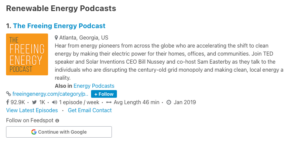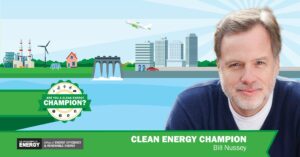Large solar installations require vast swaths of land. Will the continued growth of solar crowd out land that is better suited for crops and grazing?
In regions with limited land options, disagreements over land usage are already happening, including the outright banning of solar projects on farmland. But, across the US and much of the world, the agricultural land is so vast that solar installations barely make a dent. In fact, over 40% of the US is farmland – a stunning 1.4 million square miles. By comparison, only a relatively tiny 20,000 square miles (about 1.4%) of solar panels would be needed to provide electricity for the entire country.
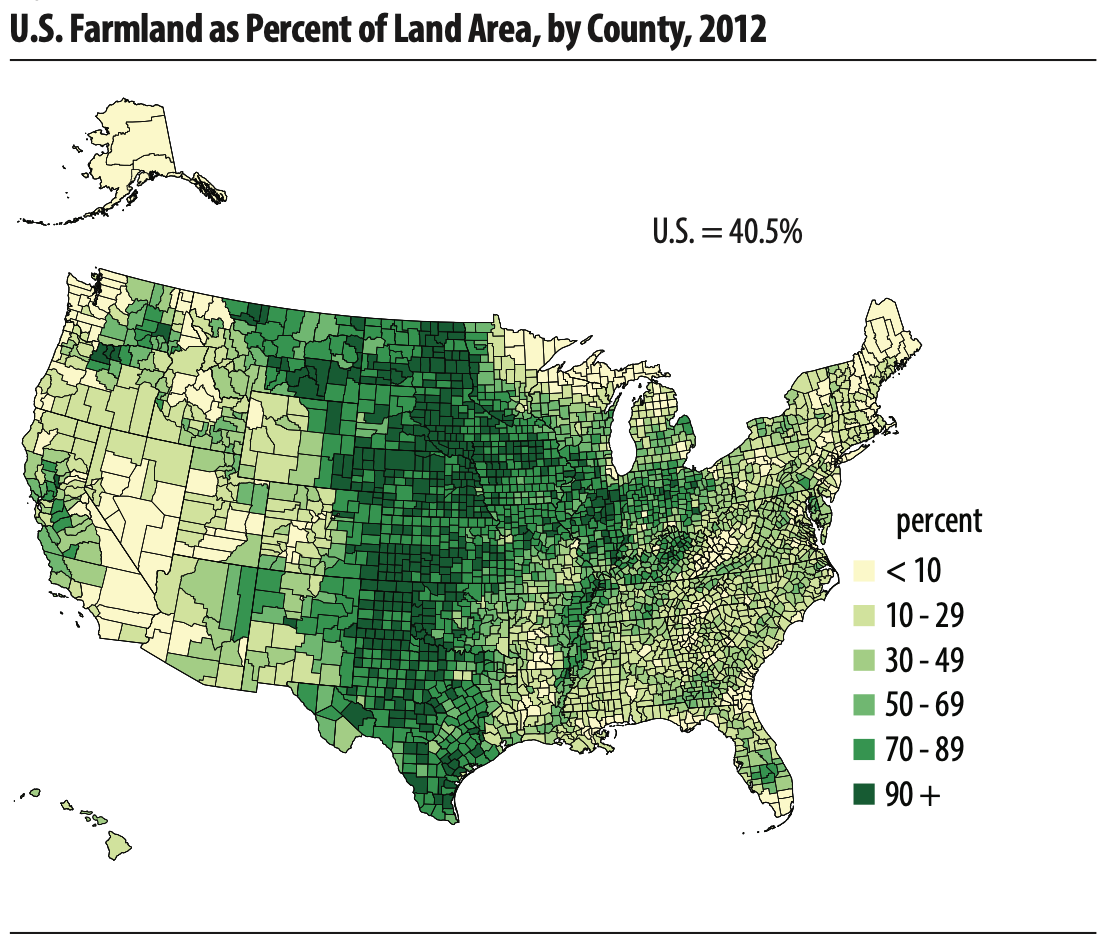
Best of all, new research is demonstrating that solar panels can not only co-exist with farmland, certain crops and animals actually fare better with the daily shade of solar panels.
Benefit: solar panels can actually improve the growth of certain plants
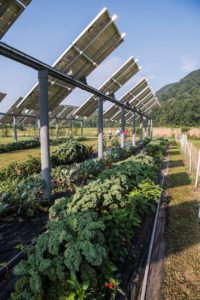
Even in communities where farmland is scarce, pioneering research is demonstrating that solar can successfully coexist with livestock and crops. This practice is called “agrivoltaics” and projects are springing up across the country. One project in Oregon showed overhead solar panels caused grazing grasses to grow 90% more thanks to reduced evaporation.
Another project in Arizona showed that cherry tomatoes grown under solar panels doubled their fruit without any additional water. Even better, the plants helped lower the panel temperatures by 9°C, increasing solar power output by several percentage points.
GET MONTHLY NEWS & ANALYSIS
Unsubscribe anytime. We will never sell your email or spam you.
Benefit: livestock can reduce the cost of vegetation management in solar farms
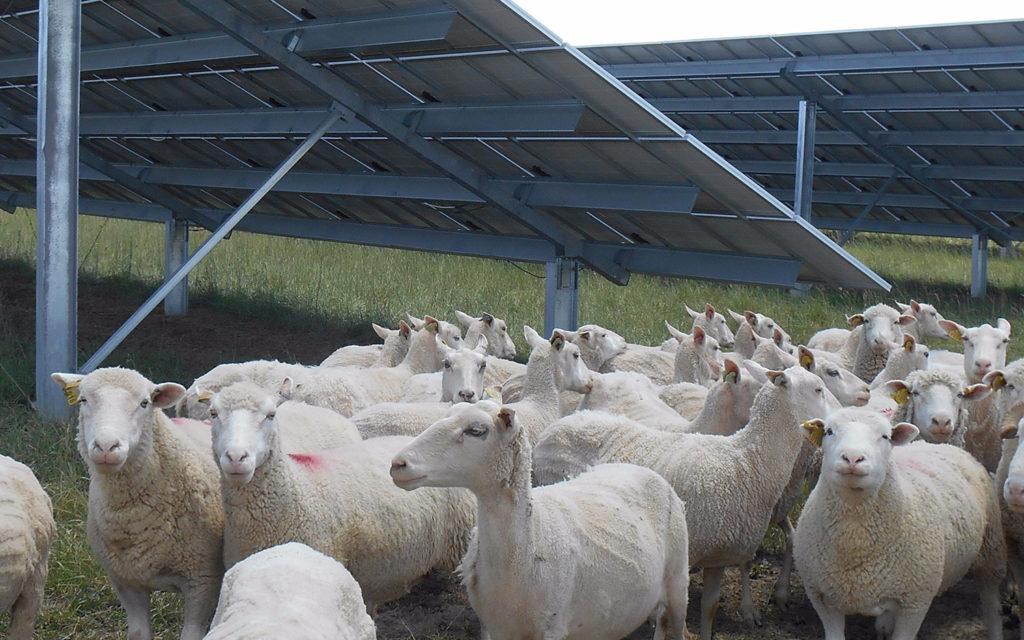
About half the US farmland is pasture, which is used for grazing animals like cows, sheep, and goats. This type of agriculture is particularly synergistic with solar. Not only do solar panels provide welcome shade for the animals, but their grazing also reduces one of the largest costs in operating solar farms – vegetation management. This idea has already caught on. Companies like Sun Raised Farms were started specifically to capitalize on the opportunity.
Benefit: the revenue from solar projects can help financially struggling farmers
The benefits of agrivoltaics go beyond plants and volts. With family farms going bankrupt at record rates, solar offers another advantage — guaranteed, steady income. Farmers that lease portions of their land to solar developers receive a financial hedge against huge fluctuations in weather and crop prices. One farmer interviewed said his solar income was three times higher than if he planted crops on the same land.
When it comes to farming and solar, we’ve been asking the wrong question for too long. It’s not whether solar will displace farms but how agriculture and solar can be better together than either can be alone. Solar panels, crops, and grazing can all co-exist synergistically on the same land. Solar’s clean energy sibling, wind, is even more compatible, with both growing and grazing seeing almost no trade-offs with turbines hundreds of feet in the air.
Additional reading
- From NREL, Beneath Solar Panels, the Seeds of Opportunity Sprout — Low-Impact Development of Solar Installations Could Be Win-Win-Win for Food, Water, and Renewable Energy
- From CleanTechnica, From 1% To 30% Solar Power Without Losing Farmland — How Is That Possible?
- From ArsTechnica, Crops under solar panels can be a win-win
- From Quartz, Can farmland fix solar power’s real estate problem?


